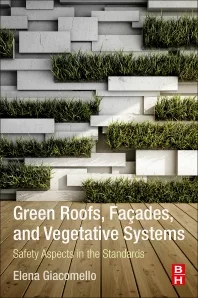'No Bull' Dispatch
Climate, Profits Prod Ranchers to Provide Roofs for Cattle
Weather extremes intensify and ‘Big Ag’ acknowledges shelter is not just for the bipedal set
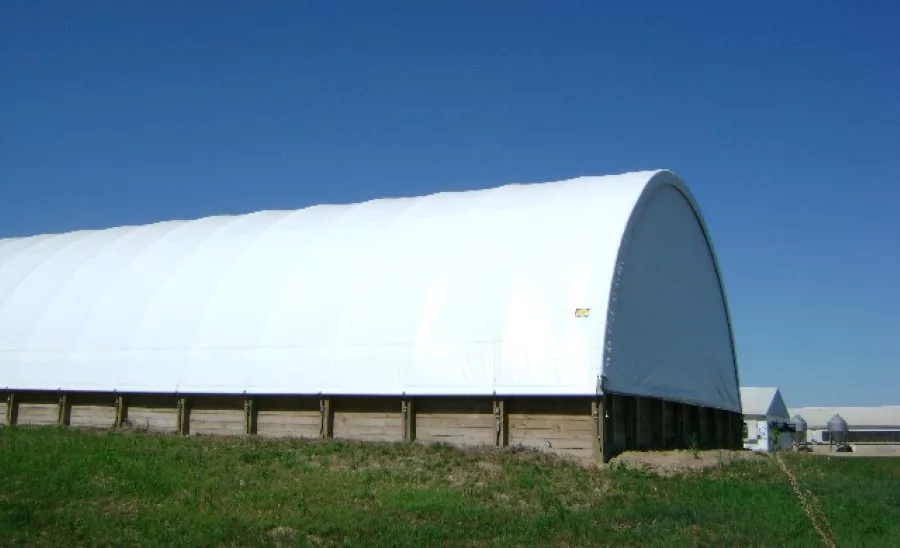
“If you compared an animal under roof versus an outside lot, you’re looking about a 12%-15% improvement in feed efficiency and rate of gain." =— Dr. Robert Bryant, a veterinarian and cattle rancher in Iowa
— Photos courtesy of Hoop Beef Dreams
Can it be that Elsie the Cow or Ferdinand the Bull is so different from you or me, preferring to be protected from the elements when dining?
It turns out not so much.
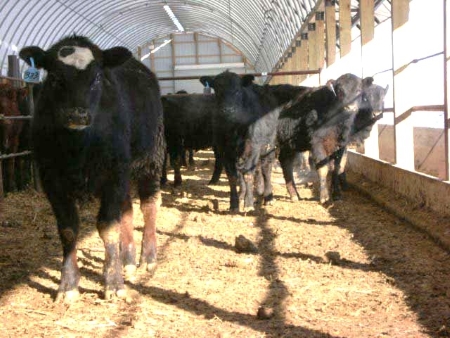 Iowa Farmer Today addressed that question head-on in a September 7 article, noting how extremes in weather are pushing some cattle producers to erect roofing systems to protect their cows and bulls from wild temperature swings and increasing inclement weather events.
Iowa Farmer Today addressed that question head-on in a September 7 article, noting how extremes in weather are pushing some cattle producers to erect roofing systems to protect their cows and bulls from wild temperature swings and increasing inclement weather events.
Called “cattle confined feeding” in Ag parlance, cattle raised for market in confined spaces has already shown demonstrative increases in consumption, according to Dr. Robert Bryant, a veterinarian and cattleman living in rural northwest Iowa.
Bryant founded an enterprise company, Hoop Beef Systems, which is essentially a ‘kit-in-a-box’ cattle farm — albeit a mighty big box.
The company delivers the disparate elements needed for a working farm: land and cattle not included. What you get, though, has buildings, bunks, waterers, gates, blueprints, construction advice, nutrition advice on ethanol co-product usage, and consulting on your operational set-up.
A 2015 profile of Bryant and his company in American Cattlemen touts myriad benefits to the heifers and bulls, including “…No Bruised Hooves; Hair Coats Always Dry; No Summer Sun,” and more. A company consultant summed it up best, telling the reporter, “We are helping build a cattle hotel!”
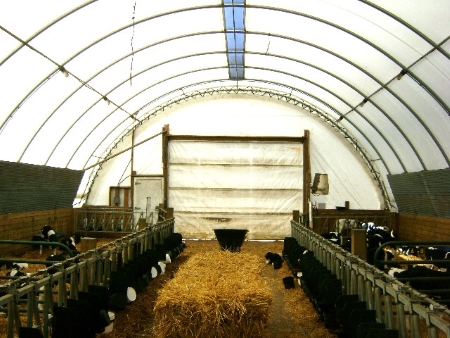
The lack of pricing is most certainly by design because everyone knows eating at a hotel is always expensive. However, as Bryant noted, if you are in the business of raising cattle, where size matters, he says indoor systems, whether his or not, are more efficient with good long-term economic benefits.
“If you compared an animal under roof versus an outside lot, you’re looking about a 12%-15% improvement in feed efficiency and rate of gain,” he said in a news release published in Drovers, an Ag trade publication.
While the trend toward covered cattle feeding facilities may not be roofing’s next ‘big thing,’ it goes to show that a roof over one’s head is axiomatically a necessity, be it a bovine or a bro.
Want to hang up your harness for a lasso? Check out Hoop Beef Systems HERE.
Looking for a reprint of this article?
From high-res PDFs to custom plaques, order your copy today!




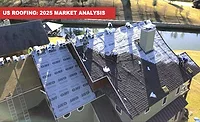

.webp?height=200&t=1743707846&width=200)

